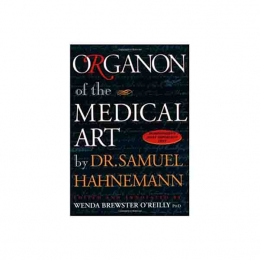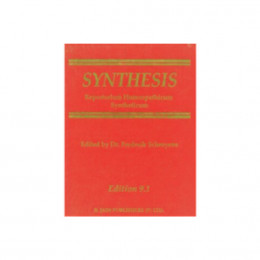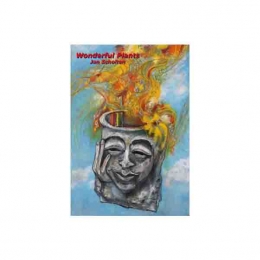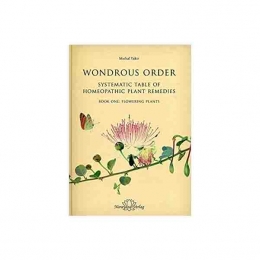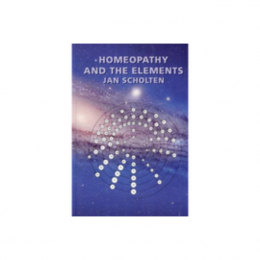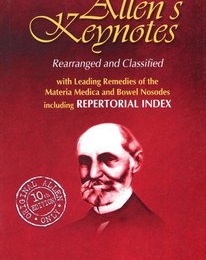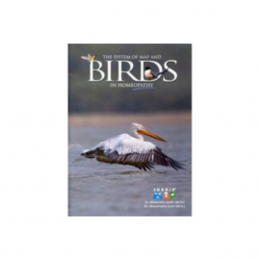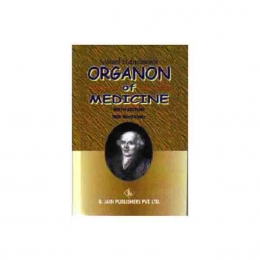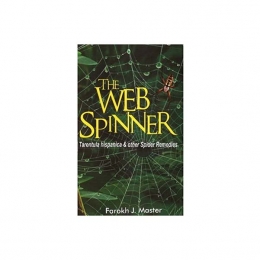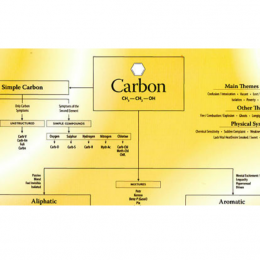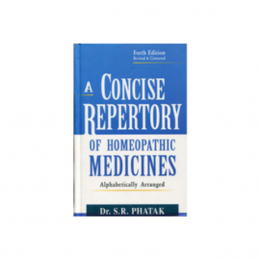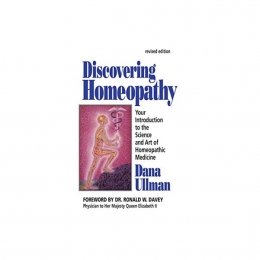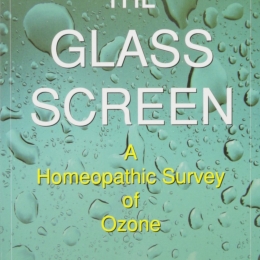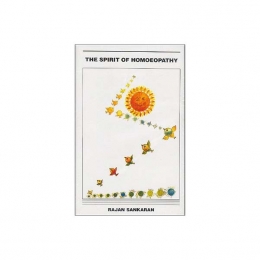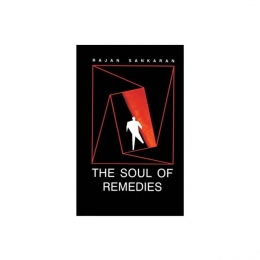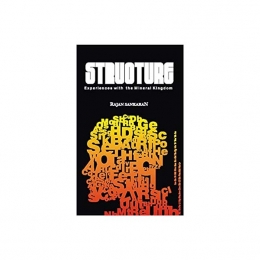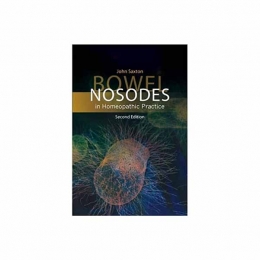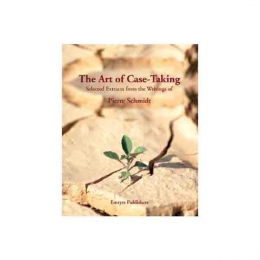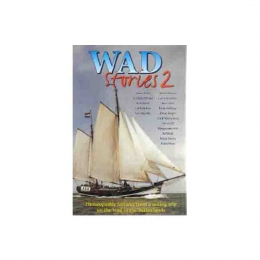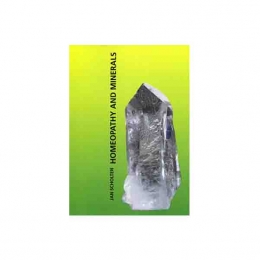The world's best single-volume materia medica has been completely revised and updated - for instance, Vermeulen's Concordant Reference now includes ALL of Boericke's remedies precisely indexed and easy to find.
Those who are already familiar with Vermeulen's original Concordant Materia Medica will find the familiar layout of sections, symptom divisions and categories in this new Concordant Reference.
Professional homeopathic practice without the Concordant Reference is inconceivable.
Concordant Reference, published November 2011
- 1209 remedies in one book!
- An additional 362 remedies from the classical materia medicas
- Expanded Sensation, Mind and Dream sections
- Family Information on Plants, Animals, Fungi, Bacteria and Viruses
- Chemical Formulas for Mineral and Organic Compounds
- Standardized Nomenclature with latin names, common names and family groupings
- Corrected source material information from the author's research
- Remedies described separately that had been combined in the classical literature
- More proving symptoms to complement the clinical focus of the previous versions
- Organized in Boericke's scheme but including material from ten classical authors
Do you, like so many homeopaths, spend your days in and out of Frans Vermeulen's books? If so, then you know that Vermeulen's materia medicas are the most comprehensive single-volume references available. The original Concordant met with instant success on its publication 17 years ago. Now, for the first time in 14 years, this information has been completely revised, expanded and updated.
Concordant Reference represents an extensive sifting and culling of the classical homeopathic materia medica. Remedy source information has been corrected from the original texts. Previously combined remedies, like Rhus toxicodendron and Rhus radicans, have been distinguished and listed separately. More proving symptoms have been included from T.F. Allen's Encyclopedia to complement the mostly clinical information from Hering.
Our lesser known remedies benefit most from Vermeulen's work on Concordant Reference. In particular, dozens of substances previously hidden in the "relationship" sections of Boericke's Pocket Manual have been either indexed or separated into their own listings. Experience shows that small or previously unknown remedies can yield brilliant results. Modern homeopaths will have the opportunity to examine these additional remedies and broaden their use.
Besides the expanded and verified content, the new Concordant Reference reflects recent changes in homeopathic techniques and scientific knowledge. By improving the accuracy of the original material and adding scientific classification, Concordant Reference uses the classical materia medica to build a solid foundation for the modern practice of homeopathy.
The phrase, "classical materia medica," refers to the work done from 1790 - 1931, starting with Hahnemann and ending with Boericke and Boger. Concordant Reference is a one-volume compilation of the following classical materia medicas:
1) T.F. Allen - Encyclopedia of Pure Materia Medica, 10 volumes (1874 - 1879)
2) T.F. Allen - A Primer of Materia Medica (1892)
3) Boericke - Pocket Manual of Homeopathic Materia Medica (1927)
4) Boger - Synoptic Key of the Materia Medica (1931)
5) Clarke - Dictionary of Homeopathic Materia Medica, 3 volumes (1900)
6) Cowperthwaite - Textbook of Materia Medica and Therapeutics (1891)
7) Hering - Guiding Symptoms, 10 volumes (1877 - 1887)
8) Kent - Repertory (1877)
9) A. Lippe - Textbook of Materia Medica (1865)
10) Pulford - Homeopathic Materia Medica of Graphic Drug Pictures (approx. 1930)
Those who are already familiar with Concordant Materia Medica will find the familiar layout of sections, symptom divisions and categories in Concordant Reference. Each remedy's materia medica is broken down into Generals, Mind, Dreams, Body sections, Modalities, Relations and Causation. The author has broken out sections on Food and Drink, Heart, Limbs in General, Upper Limbs and Lower Limbs for easier reference. Also, each section of the body is further divided into Sensations, Pain and Objective.
Vermeulen has enlarged the Sensation, Mind and Dream sections, reflecting the recent developments in case taking, case analysis and prescribing that have shown to be so effective for today’s homeopath.

